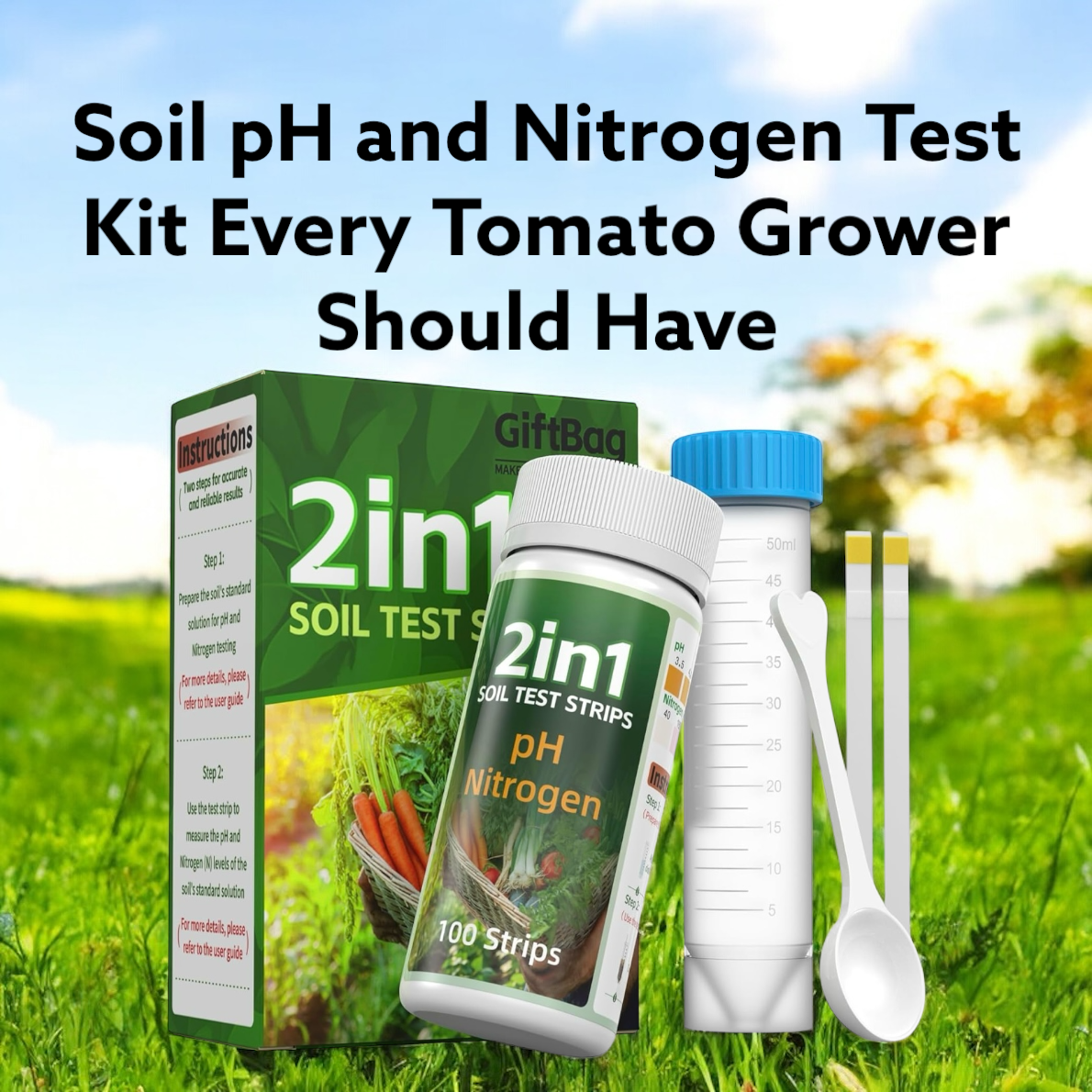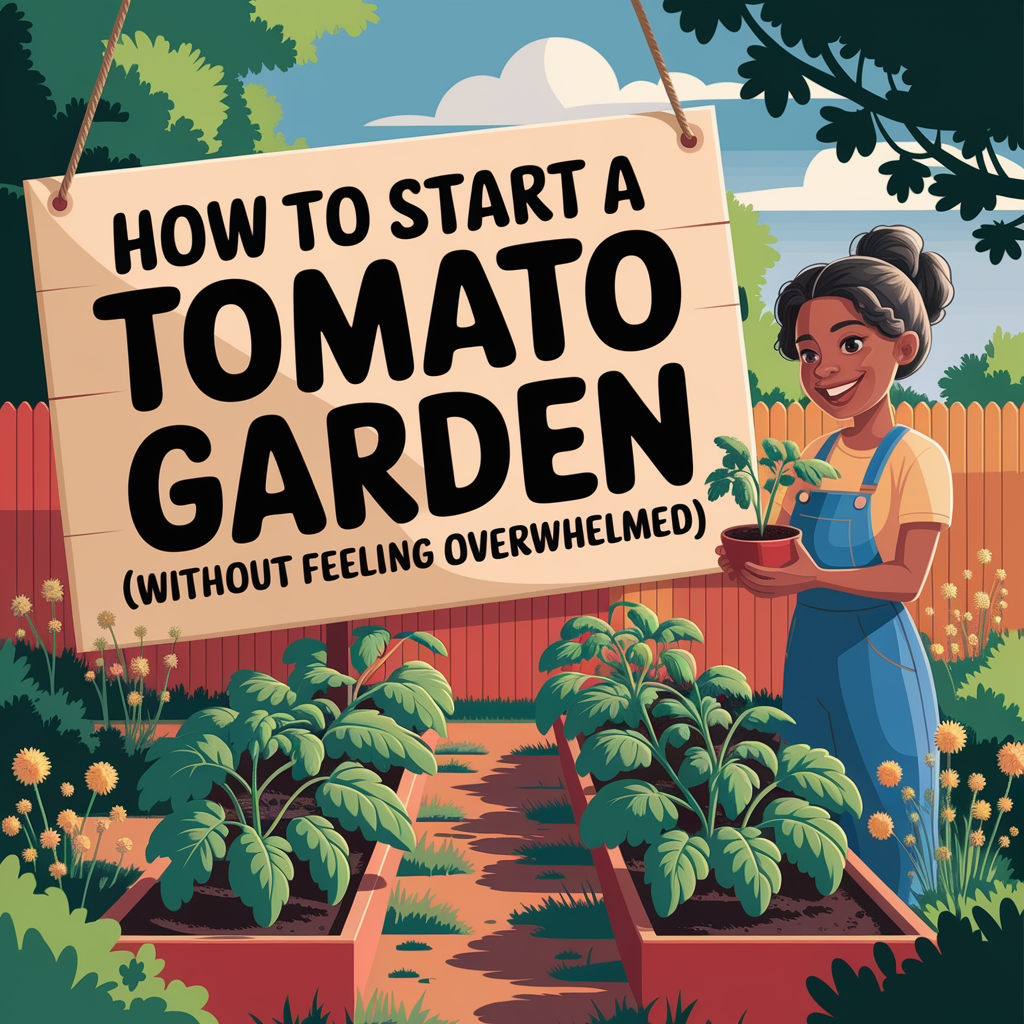
How to Start a Tomato Garden
Growing tomatoes can feel intimidating if you’re just starting out — I’ve been there. I used to look at gardening videos and think, “That’s too much for me.” But once I got my hands in the dirt and made a few mistakes (okay, more than a few), I learned what actually works and what doesn’t. If you’re wanting to grow juicy, flavorful tomatoes and avoid beginner headaches, this guide will walk you through everything you need — and I’ll link to all the more detailed help along the way 🍅
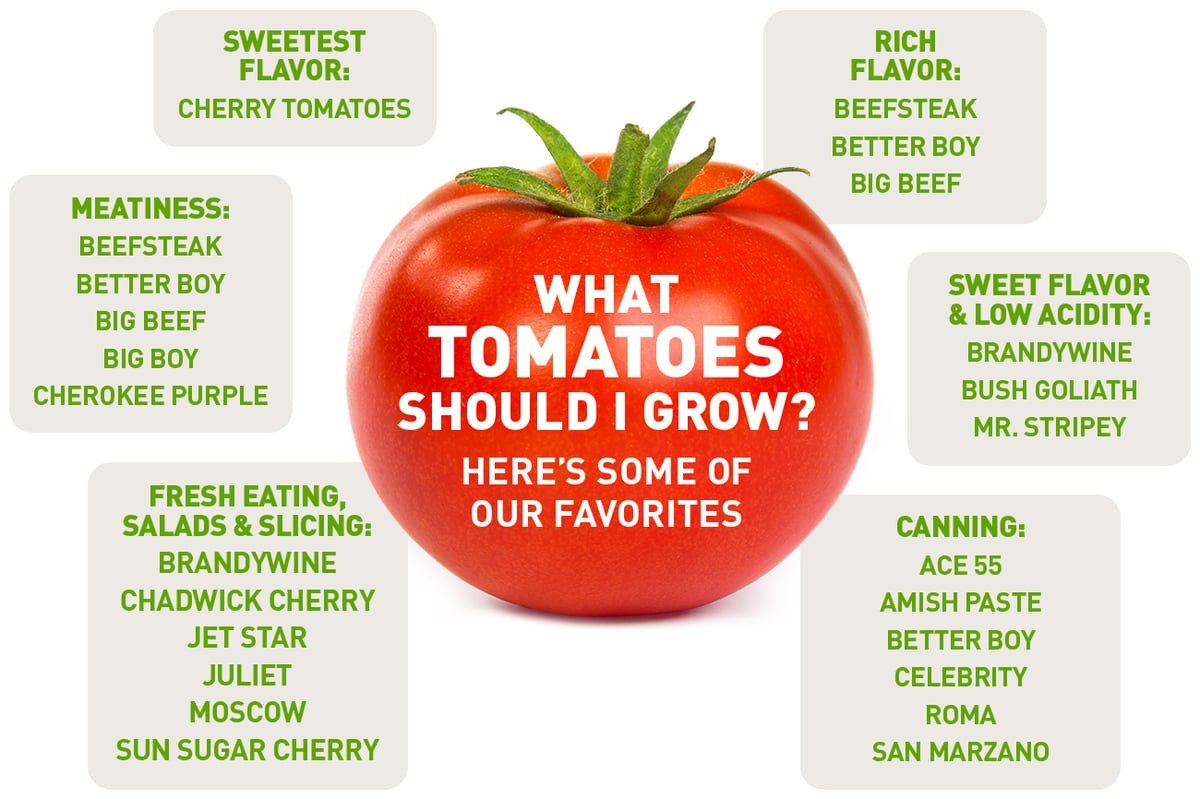
1. Pick Tomato Varieties That Match Your Goals
Don’t just grab the first tomato seed pack you see. Ask yourself: What am I growing these for? Do you want juicy slicers for sandwiches? Sweet cherry tomatoes for salads? Something firm for canning?
Here’s what I wish I’d known:
- Beefsteak, Better Boy, and Big Beef give you that rich, classic flavor for slicing and burgers.
- Sun Sugar, Juliet, and Chadwick Cherry are sweet, juicy cherry varieties that grow fast and thrive in containers.
- Roma, Amish Paste, and San Marzano are perfect for canning and sauces because they’re meaty with less juice.
👉 If you’re unsure where to start, I listed out some of my favorite varieties here — it’ll help you choose based on sweetness, acidity, use, and more.
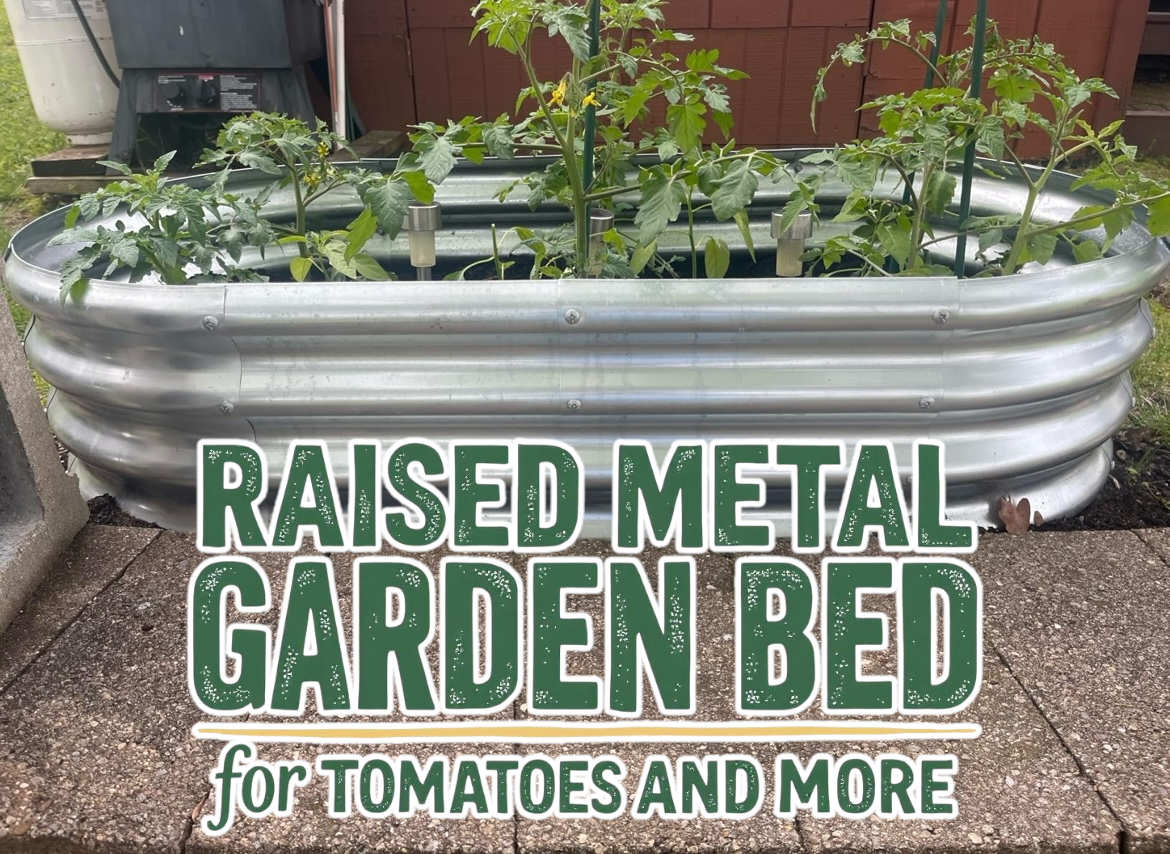
2. Decide: Container, Raised Bed, or In-Ground?
This one matters more than most people realize. Your space and soil will decide which direction you take:
- Containers are great if you have a patio, balcony, or bad soil. I’ve grown huge tomatoes in 10-gallon grow bags like these.
- Raised beds give you full control over your soil and drainage — I use a metal raised bed like this one and love it.
- In-ground planting works great if you already have rich soil and good drainage, but be ready to test and improve it first.
Not sure which way to go? This guide on the best containers for tomatoes will help you compare them all — including what size pots actually work.

3. Build the Soil — Don’t Skip This
Tomatoes are heavy feeders, which means they’ll only do well if the soil is loaded with nutrients and drains well. Here’s what I do before planting:
- Test your soil’s pH — tomatoes prefer a slightly acidic range (around 6.0–6.8).
→ I explain exactly how to test and adjust tomato soil pH here - Amend the soil — whether I’m planting in a pot or a bed, I mix in compost, worm castings, and a loamy, rich soil.
→ Want it easy? This Coast of Maine planting soil has worked great for me in containers. - Drainage matters — especially in containers. Soggy roots = sad plants.
If you’re unsure how to build your mix, here’s a full guide on the best soil mixture for growing tomatoes in containers— or you can make your own with compost, peat moss, and perlite.

4. Plant Tomatoes Deep — Like, Deeper Than You Think
This was one of the first weird-sounding tips I learned… and wow, did it make a difference.
Tomato plants grow roots all along their buried stem. So when I plant a seedling, I remove the lower leaves and bury the stem deep — sometimes halfway up the plant. This leads to stronger root systems and sturdier growth.
If your plant is really tall and leggy, try planting it sideways in a trench — roots will still form along the buried part, and it helps avoid transplant shock. I walk through this method with photos in the article on how to prepare your soil for tomatoes.

5. Water the Smart Way (Not Every Day)
Overwatering is one of the most common mistakes new growers make — especially with tomatoes in containers. Here’s how I’ve learned to handle it:
- Water deep, not shallow. I aim for fewer, deeper waterings to encourage strong root growth.
- Morning is best. Watering in the early morning gives leaves time to dry, reducing disease.
- Mulch matters. A good layer of straw, shredded leaves, or compost helps retain moisture and prevents splashing up soil (which can spread disease).
If your tomatoes are in containers, they’ll dry out faster — especially in heat. I go into more details in this tip-packed post on watering tomatoes the right way.
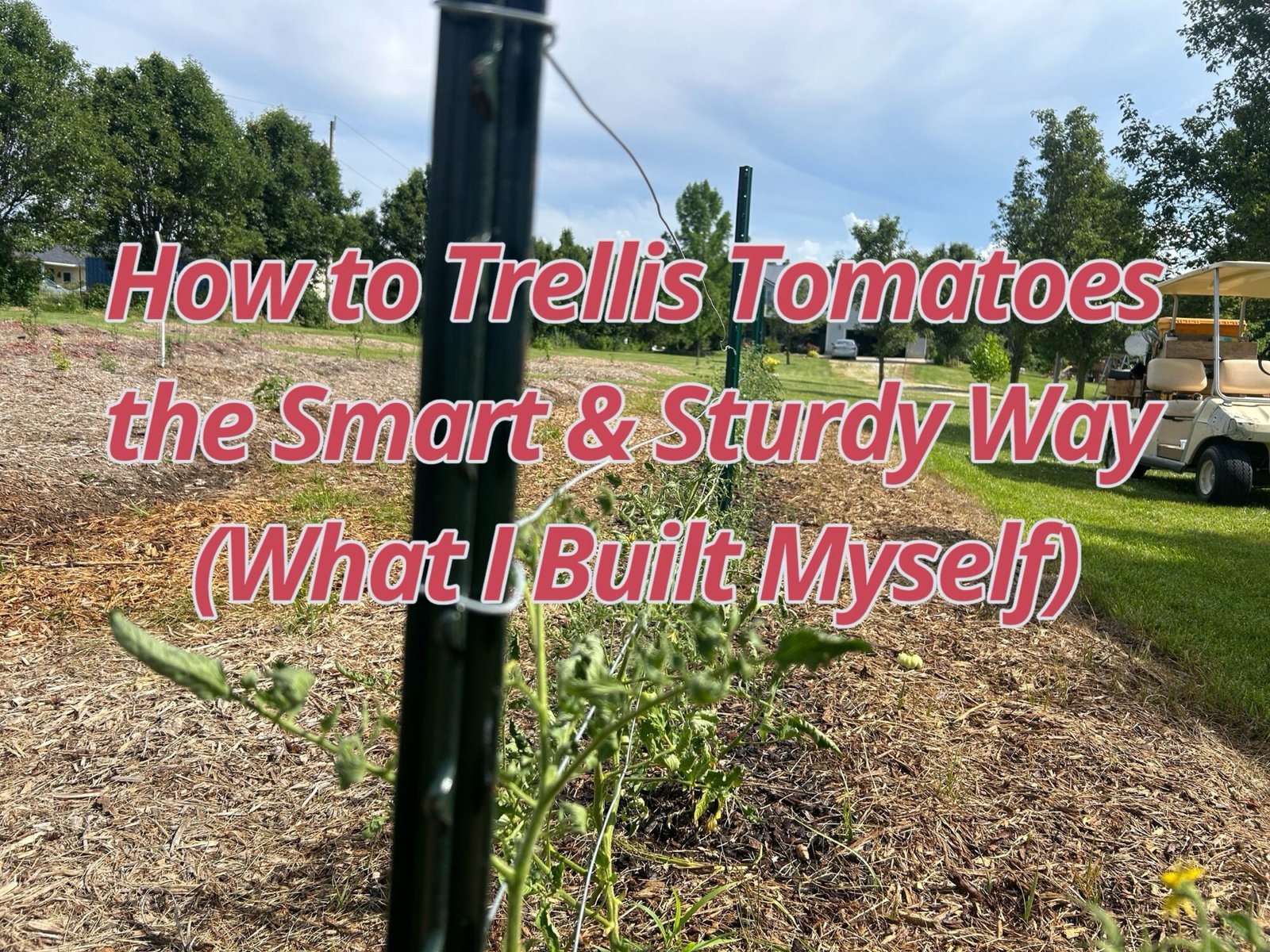
6. Support Them from the Start (Trust Me)
You don’t want to wait until your tomato plant flops over to add support — by then it’s tangled and harder to control. I’ve used everything from cages and stakes to full DIY trellis systems.
One of the smartest setups I ever built was my own sturdy wire-based trellis using T-posts and wire. It supported over 20 tomato plants, made harvesting easier, and looked great too.
If you want something simpler, check out the tomato cages and grow bags I recommend. They’ve held up in wind and through heavy growth without collapsing on me.

7. Fertilize Lightly — Especially Early On
When I first started, I made the rookie mistake of dumping too much fertilizer on my tomato plants, thinking it would speed up growth. It did… but only for the leaves. The fruit? Barely any.
Too much nitrogen early on leads to lush, leafy plants with very little fruit. Now I go with a balanced or low-nitrogen fertilizer until flowering starts. Then I shift to something like a tomato-specific mix that’s higher in phosphorus and potassium.
Want to dive deeper into this? You’ll love our article on nitrogen burn in tomato plants — it breaks down what to avoid and how to fix it if you’ve gone too heavy-handed.

8. Keep an Eye Out for Common Problems
Tomatoes are tough… until they’re not. They can run into all kinds of issues, and I’ve learned to spot the early signs of trouble:
- Yellowing leaves might mean a nutrient imbalance or overwatering.
- Blossom end rot usually means calcium deficiency or inconsistent watering.
- White patches on leaves? That could be sunscald or even powdery mildew.
We cover a lot of this in our guide on what to do when tomato leaves turn white. It’s one of the most helpful articles for diagnosing plant stress quickly.
If you’re growing in containers, also check out the best soil mix for containers to prevent issues from the start.

9. Know When to Harvest — It Makes a Big Difference
You’d think picking a tomato would be the easiest part — but nope, I learned timing is everything. Picking during the heat of the day can lead to mushy, flavorless tomatoes. Late at night? Too much internal moisture.
Early morning is the sweet spot. The fruit is cool, hydrated, and at peak sugar levels.
For the full breakdown of the best time to pick tomatoes, check out this post: Best Time to Pick Tomatoes for Juicy Flavor and Firmness.
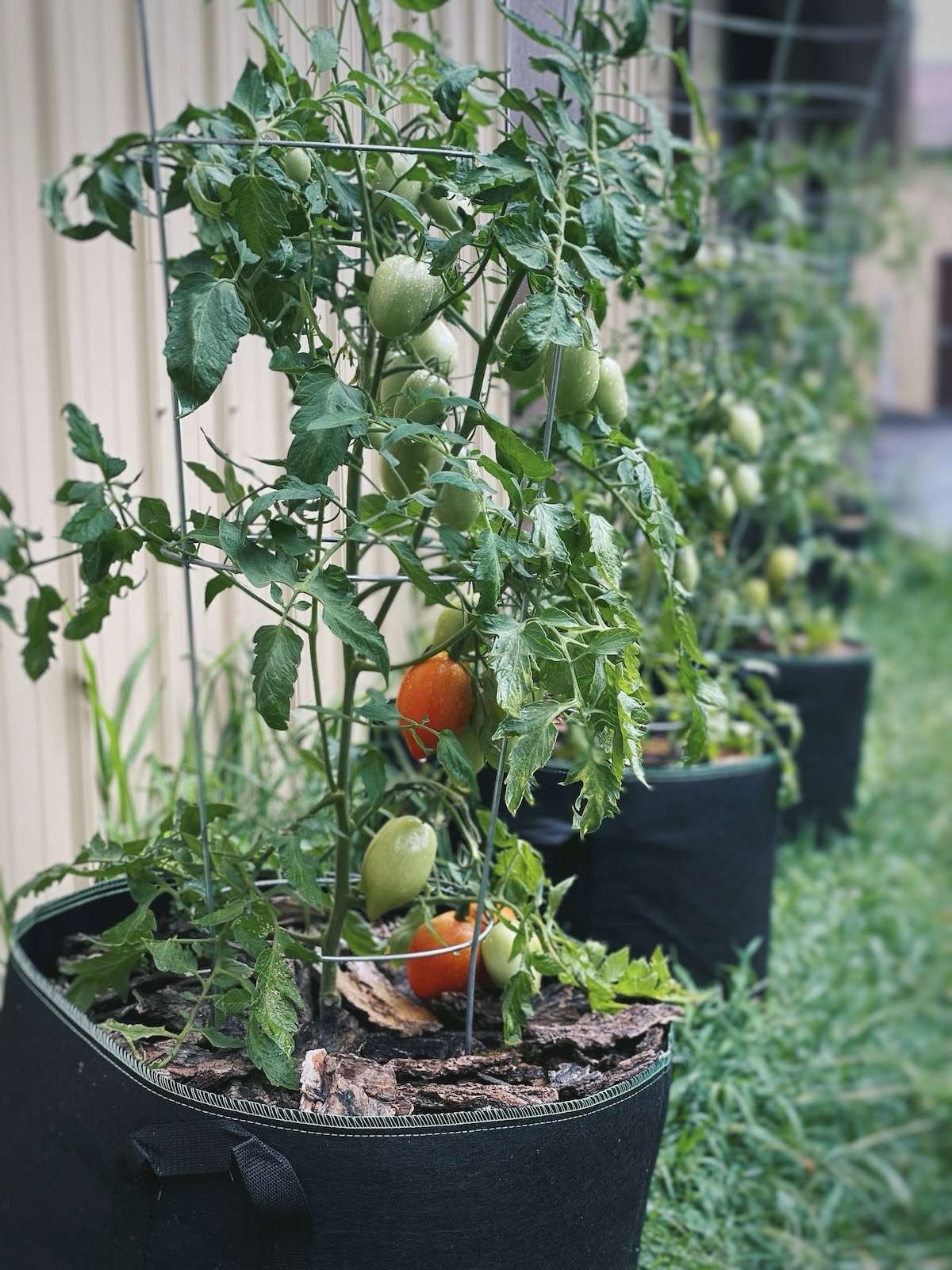
10. Don’t Just Store Tomatoes Anywhere — Or They’ll Turn Mealy
Here’s a mistake I didn’t just make once… I made it for a whole season: storing fresh-picked tomatoes in the fridge. I thought I was preserving them — instead, I ruined the flavor.
Cold temps below 55°F damage the texture and mess with the sugars. The result? Mealy, bland tomatoes that taste nothing like what came off the vine.
Now I always store mine at room temperature in a single layer (not stacked), out of direct sunlight. If they’re super ripe and I won’t use them for a few days, I’ll stick them in a paper bag in a cool part of the house — not the fridge.
Want more storage know-how? Pair this with tips from when to pick tomatoes for flavor and firmness — picking and storing go hand in hand.
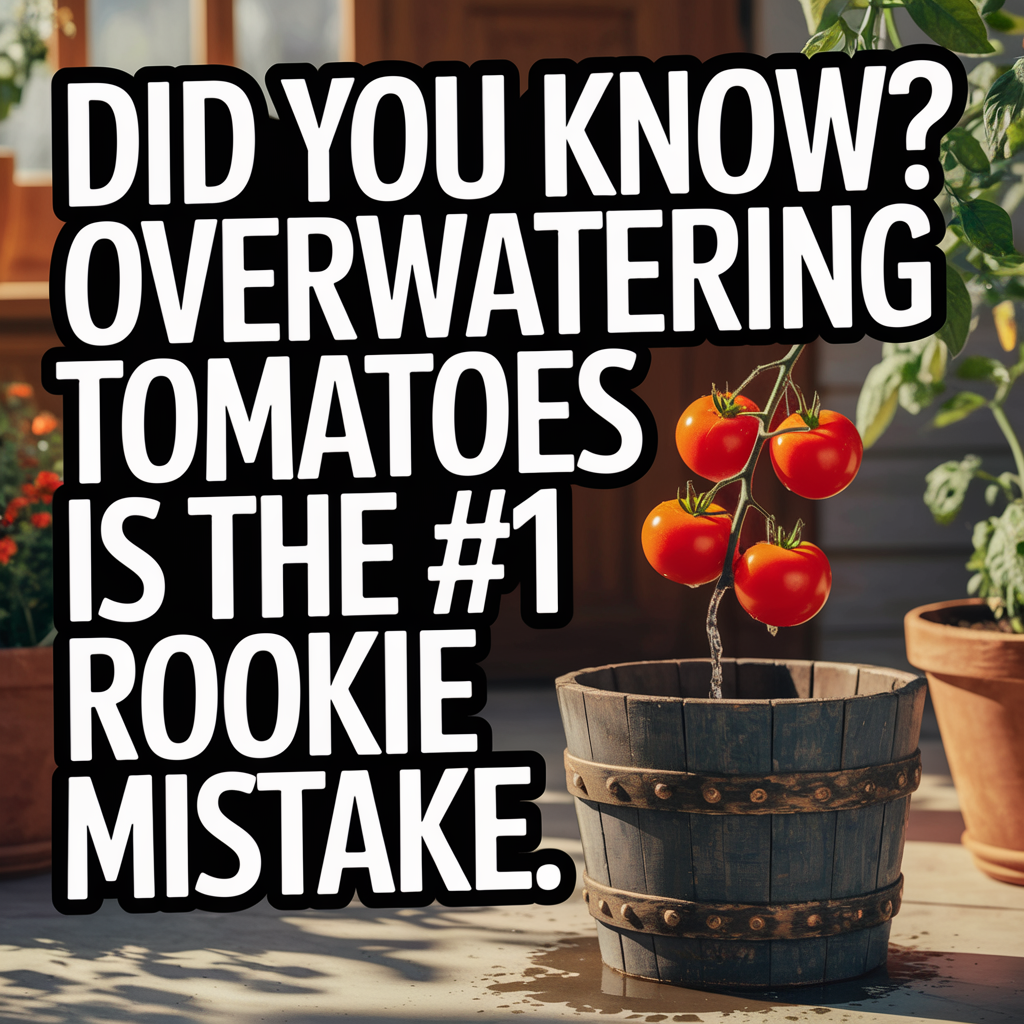
Growing Tomatoes Is a Journey—Start Smarter Than I Did
When I first started growing tomatoes, I thought it was going to be as simple as tossing some seeds in dirt and watering them. But wow, was I in for a ride. From picking the right variety, knowing how deep to plant, understanding why pruning actually matters, to figuring out the best time to harvest—there’s so much more to tomatoes than I ever imagined.
But every little mistake I made turned into a lesson. Now? I actually enjoy the trial and error. Because nothing beats that first bite into a sun-warmed, vine-ripened tomato you grew yourself.
If you’re just starting out or even if you’ve been growing for a while, I hope this gave you a head start that I wish I had. And as you continue, be sure to check out other must-reads like:
- 👉 How to prepare soil for tomatoes the right way
- 👉 Best soil mixture for tomatoes in containers
- 👉 How to trellis tomatoes the smart, sturdy way
You’ve got this. Just don’t be afraid to dig in — literally. 🍅💪
As an Amazon Associate we earn from qualifying purchases through some links in our articles.
